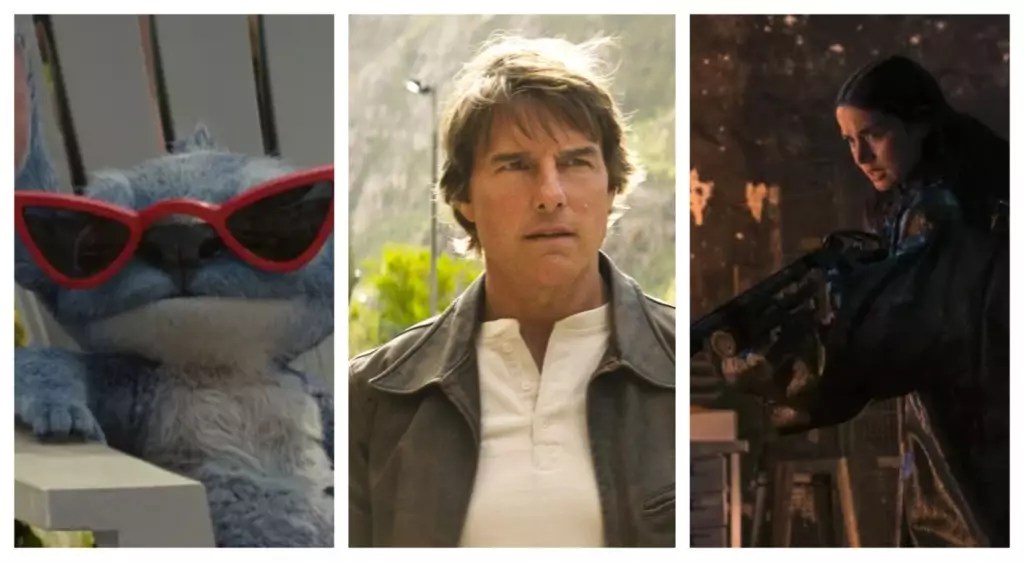In an era losely dominated by cinematic sequels and franchises, Disney’s Lilo & Stitch has been astoundingly successful, raking in a staggering $772.6 million in its third week of release. The film’s performance is nothing short of remarkable, particularly as it approaches the coveted $800 million mark worldwide. Amidst fierce competition, this animated feature proves that Disney has an unwavering ability to resonate with audiences, regardless of the narrative landscape.
It’s a distinct triumph in a market that often prioritizes high-octane action and star-studded casts over heartwarming animation. Disney has artfully navigated changing consumer tastes, offering not just a nostalgic trip back to its roots but also revitalizing its culturally rich offerings that include Hawaiian traditions and themes of family. Drawing audiences back into theaters, Lilo & Stitch has undeniably set a benchmark for animated films, reigniting a conversation around the meaningful storytelling that Disney once pioneered.
Box Office Dynamics: The Global Picture
Currently, the international box office breakdown shines a light on how well Lilo & Stitch is performing globally. Collecting $436.8 million in overseas markets, the film’s universal appeal transcends language and cultural barriers. Particularly noteworthy is its dominance in Europe and Latin America, where it has retained the title of the top non-local film. Its box office statistics reveal not just raw earning potential but a larger trend; audiences are increasingly seeking content that offers warmth and connection over the cynical blockbuster mentality.
As the film’s reception continues to flourish, the question arises: what factors contribute to its undeniable attraction? The resurgence of an animated feature that emphasizes emotional depth amidst flashy CGI and unrelenting action spectacles speaks volumes about audience sentiments. Beyond financials, institutions like film critics should examine the implications of such successes, considering the genre’s power to tackle complex issues wrapped in relatable narratives.
Mission: Impossible – The Final Reckoning: A Distant Contender
On the other end of the spectrum, Paramount/Skydance’s Mission: Impossible – The Final Reckoning grossed a solid $450.4 million globally, barely making it a worthy competitor against Disney’s juggernaut. Despite its high-energy action sequences and established franchise following, the significant decline in box office receipts (-47% overseas) raises troubling questions for the future of action-centric films in theaters.
As global trends steer towards challenging narratives that delve deeper than adrenaline-fueled escapism, can Mission: Impossible sustain its popularity in a saturated market? It seems the audience’s appetite could be shifting, hinting towards a preference for authenticity and emotional connection – a sentiment that Disney has perfectly embodied with Lilo & Stitch. The intriguing juxtaposition of both films illustrates a pivotal moment in filmmaking, where the allure of intense action is increasingly rivaled by heartfelt storytelling.
Enter Ballerina: Challenges Ahead
The landscape grows even more complicated as Lionsgate’s John Wick spin-off, Ballerina, debuted with a lukewarm response. Bringing in only $26 million across 82 markets, falling short of expectations, this endeavor embodies the pitfalls of cinematic over-reliance on established franchises. It’s symptomatic of a troubleshooter mentality in the industry where studios expect automatic box office success from recognizable titles without ensuring the story’s substantive depth.
The distribution of foreign sales is hailed as a financial cushion, yet it remains unclear if Ballerina has the narrative weight necessary to capture sustained audience interest, especially against the backdrop of Lilo & Stitch’s soaring numbers. The disparity in financial returns underscores the notion that audiences seek richer experiences rather than merely familiar characters.
The storytelling landscape is rapidly evolving. Disney’s Lilo & Stitch stands as a beacon of hope amid cautionary tales of fading franchises driven solely by branding. As the industry collectively grapples with the changing tastes of the audience, it must remember: quality storytelling rooted in emotion will likely shine brighter than star power and lavish production alone.


Leave a Reply